Music is found in every culture around the world and has existed for at least 55,000 years. Although musical compositions may have existed this far back in human history, the earliest written songs only date back to over 3,000 years ago.
Most of the known songs come from the early 1st through 4th century CE and were religious hymns. Several of these early Christian hymns are still used by the Church today.
Researchers have spent time piecing together these songs and recordings for all of the songs on this list exist and can be heard online.
8. Sumer Is Icumen In
Year Created: mid 13th century CE
Country of Origin: England
Written By: Unknown, possibly W. de Wycombe
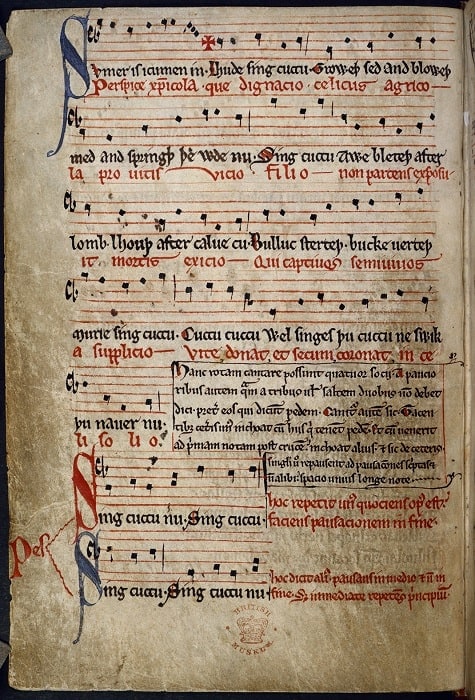
Although the title of “Sumer Is Icumen In” (also called Summer Cannon or Cuckoo Song) may not look like modern English, the song is considered the oldest existing English song. The song dates back to medieval England in the mid-13th century and was written in the Wessex dialect of Middle English. It has an upbeat melody and lyrics that celebrate the start of the Summer.
In addition to being a fun song about Summer, the song contains the oldest recorded use of the word “fart.”
The earliest known manuscript of the song was found in Reading Abbey and is currently owned by the British Library. The song is an important part of English history and several renditions of the song have been recorded. It was also featured in the 1973 film The Wicker Man.
7. Te Deum
Year Created: 387 CE
Country of Origin: Roman Empire
Written By: Traditionally attributed to Saint Ambrose and Saint Augustine; could also be Saint Hilary or Saint Nicetas
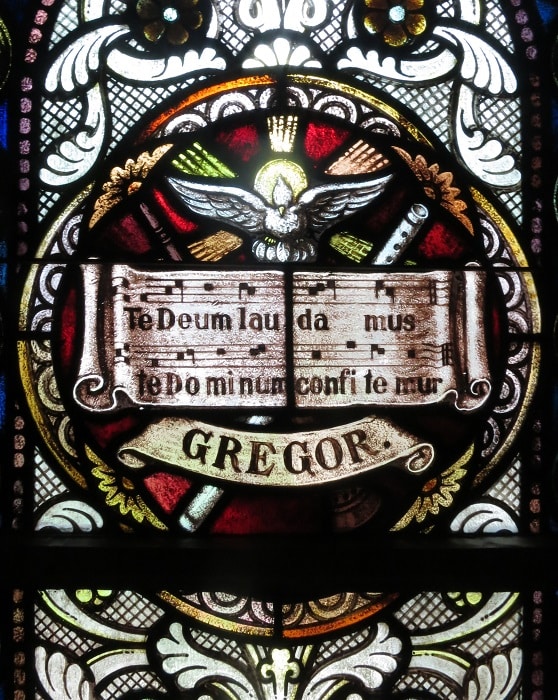
Te Deum, also called A Song of the Church and Ambrosian Hymn, is one of the earliest Christian songs of praise. The hymn was most likely written by Saint Ambrose and Saint Augustine in 387 CE, to celebrate Augustine’s baptism.
Te Deum is still regularly used by the Roman Catholic Church, Anglican Church, Methodist Church, as well as some Lutheran Churches. It is typically used in the Office of the Readings in the Liturgy of Hours and during special blessings such as the election of a pope, the consecration of a bishop, and the canonization of a saint.
The hymn may also be used as part of a short, separate religious ceremony designed to give thanks.
6. Let All Mortal Flesh Keep Silence
Year Created: c. 4th century CE
Country of Origin: Greece
Written By: Unknown; modern arrangement by Ralph Vaughn Williams
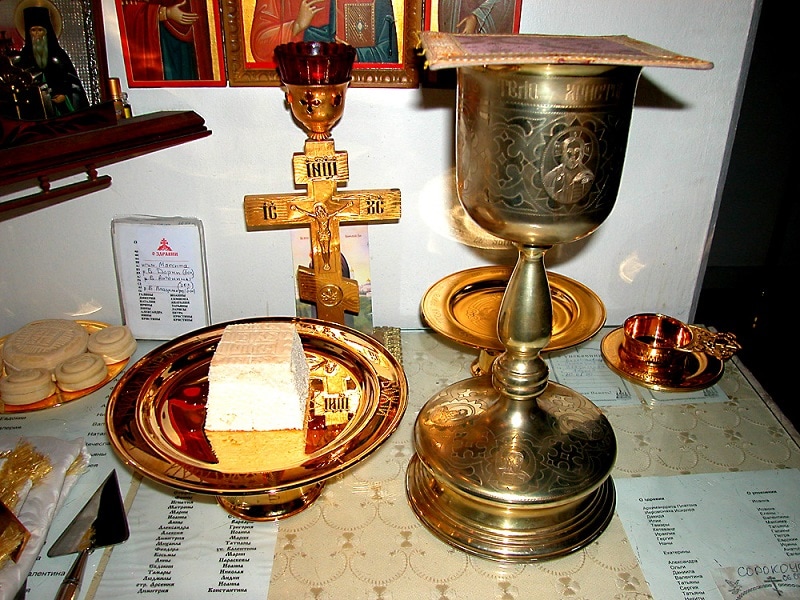
Let All Mortal Flesh Keep Silence is another early Christian Greek hymn that is still used today. The hymn was originally written for the Offertory of the Divine Liturgy of St. James, which is the oldest complete form of the Divine Liturgy still in existence.
The modern arrangement of the hymn was created by Ralph Vaughn Williams. He used a translation of the original Greek words by Gerard Moultrie and paired them with the French medieval folk melody, “Picardy”. This version of the hymn eventually became popular among other Christian congregations around the world.
5. Phos Hilaron (Lumen Hilare)
Year Created: c. late 3rd or early 4th century CE
Country of Origin: Greece
Written By: Unknown – may have been composed by St. Basil the Great
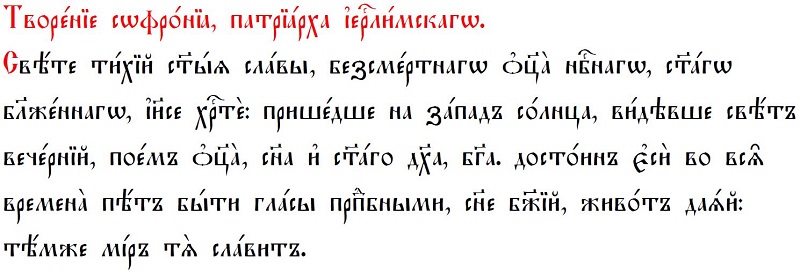
The Phos Hilaron, which is often called Lumem Hilare today, is considered one of the earliest Christian Greek hymns. It is the oldest complete hymn that is still widely used by the Church today. The hymn was first documented in the Apostolic Constitutions, which was written sometime in the late 3rd century or early 4th century CE.
St. Basil the Great, who lived between 329 – 379 AD, said that the Phos Hilaron was already considered an old hymn in his day. Although not much is known about the exact origins of the Phos Hilaron, some people believe that St. Basil may have composed the song.
Today, the hymn is usually sung during lighting of the lamps in the evening, which is why the song is known as the “Lamp-Lighting Hymn.”
4. Oxyrhynchus Hymn
Year Created: c. end of the 3rd century CE
Country of Origin: Oxyrhynchus, Egypt
Written By: Unknown

The Oxyrhynchus hymn is the oldest known Christian Greek hymn containing both lyrics and a melody. It was found on Papyrus 1786 of the Oxyrhynchus papyri (thousands of ancient manuscripts discovered in Oxyrhynchus, Egypt) in 1918. The hymn dates back to around the end of the 3rd century CE and was written in Greek vocal notation.
Although the hymn is believed to have been used in early Greek Christian worship, it does not draw from the Bible or Biblical passages. The lyrics of the hymn do reference praise for the Holy Trinity. The hymn only exists as a small fragment, but there are modern recordings of the song.
3. Seikilos Epitaph
Year Created: c.100 CE
Country of Origin: Ancient Greek town of Tralles (modern-day Turkey)
Written By: Seikilos – possibly to his wife Euterpe
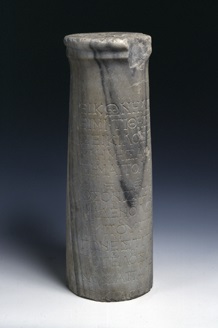
Although there are pieces of music older than the Seikilos Epitaph, it is the oldest complete song ever found. The song’s lyrics and melody are complete and were found engraved on a funerary stele. The date of the song ranges between 200 BCE to 100 CE, but the first century is the more accepted date.
The short song may have been written by a man named Seikilos as a dedication to his wife Euterpe or the Muse of music. Since the inscription on the stele is clear, researchers have had no problems reconstructing the song’s melody or lyrics. The Epitaph was first discovered in 1883 and has changed ownership several times; it is currently on display at the National Museum of Denmark.
2. Delphic Hymns
Year Created: c.128 BCE (first hymn may have been written in 138 BCE)
Country of Origin: Ancient Greece
Written By: Delphic Hymn by Athénaios Athenaíou; Second Delphic Hymn by Limenios
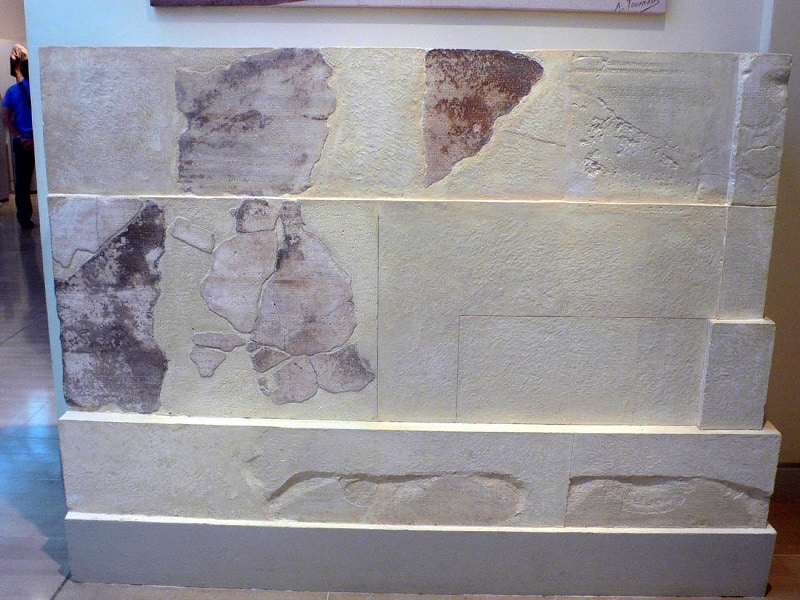
The Delphic Hymns are two Ancient Greek musical compositions that date back to around 128 BCE. After the hymns were first discovered in 1893, the First Hymn was dated to 138 BCE. However, modern research suggests that both hymns were written around the same time in 128 BCE for a performance at the Athenian Pythaides. Both songs were written for the Ancient Greek deity Apollo.
The First Hymn uses vocal notation, while the Second Hymn uses instrumental notation. Unfortunately, both songs are incomplete, but musicologists have done their best to piece together the fragments. Several modern recordings of both hymns exist.
1. Hurrian Hymn to Nikkal
Year Created: c.1400 BCE
Country of Origin: Ancient Amorite-Canaanite city of Ugarit (modern-day northern Syria)
Written By: Unknown
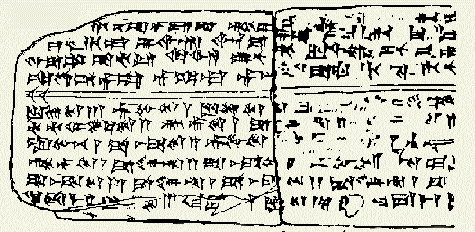
The Hurrian Hymn to Nikkal, also called Hurrian cult hymn or h.6, is considered the oldest song in the world. The song is part of about 36 hymns written in cuneiform on clay tablets uncovered in the ancient city of Ugarit.
Tablet h.6 is the most complete in the collection and the song’s lyrics are an ode to Nikkal, a Semitic goddess of orchards. The tablet also contains instructions for the singer to be accompanied by a type of harp called a sammûm.
Over the years, the song has been reconstructed by musicians and researchers and anyone can listen to what the song may have sounded like through online videos. The h.6 tablet is currently located in the National Museum of Damascus.
OTHER POSTS YOU MAY BE INTERESTED IN


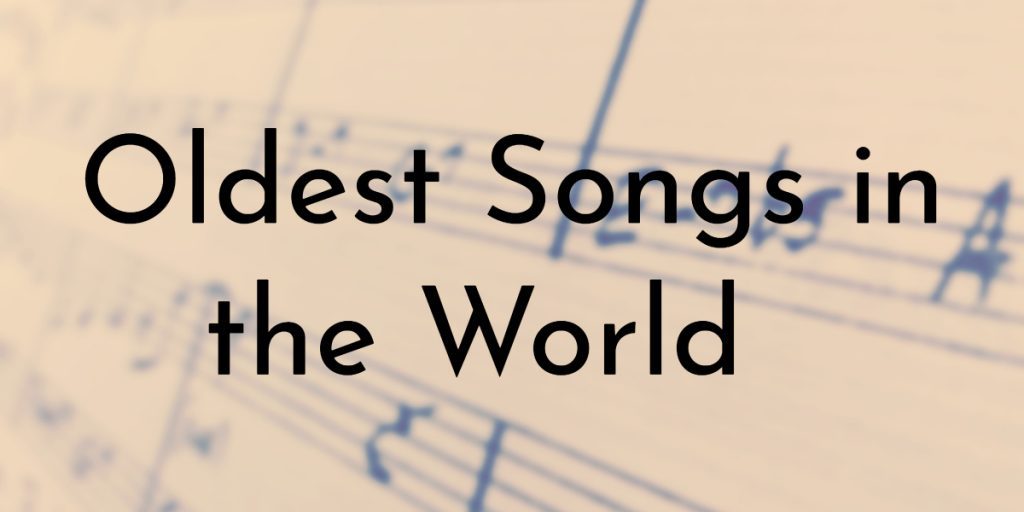

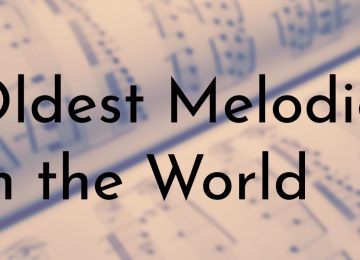
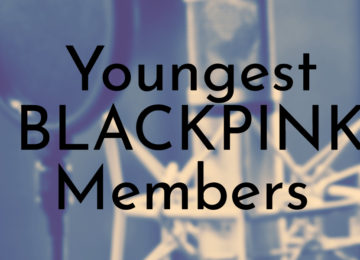






You could see the text on song 5 – this is old Bulgarian (since 18th century,under Russian political pressure, incorrectly called Church Slavonic ) language, written on Cyrillic, which means that this particular text is written not earlier than 9 century AD
You are right, sir! This is old Bulgarian language!